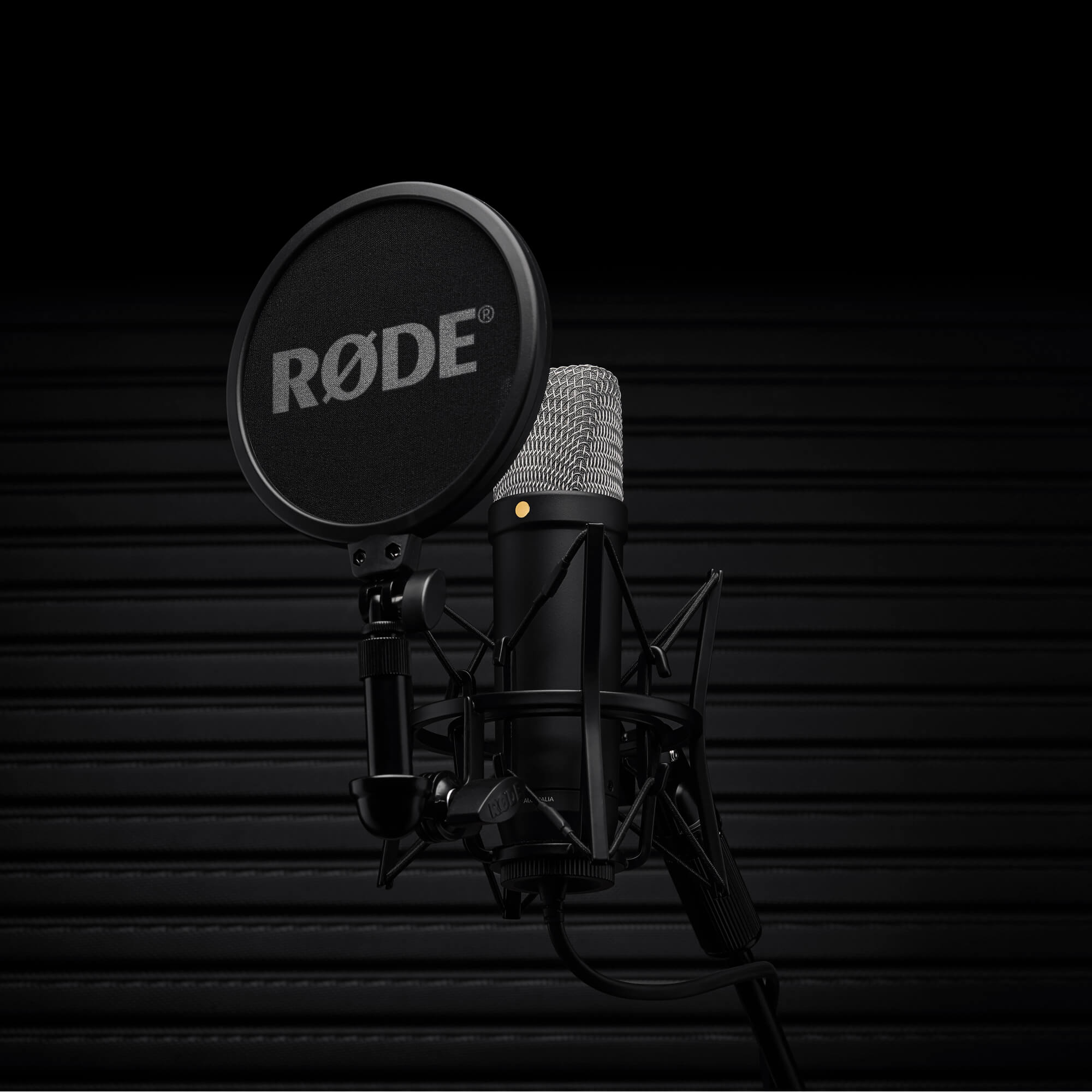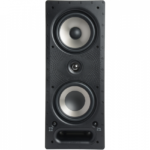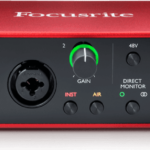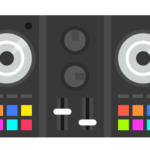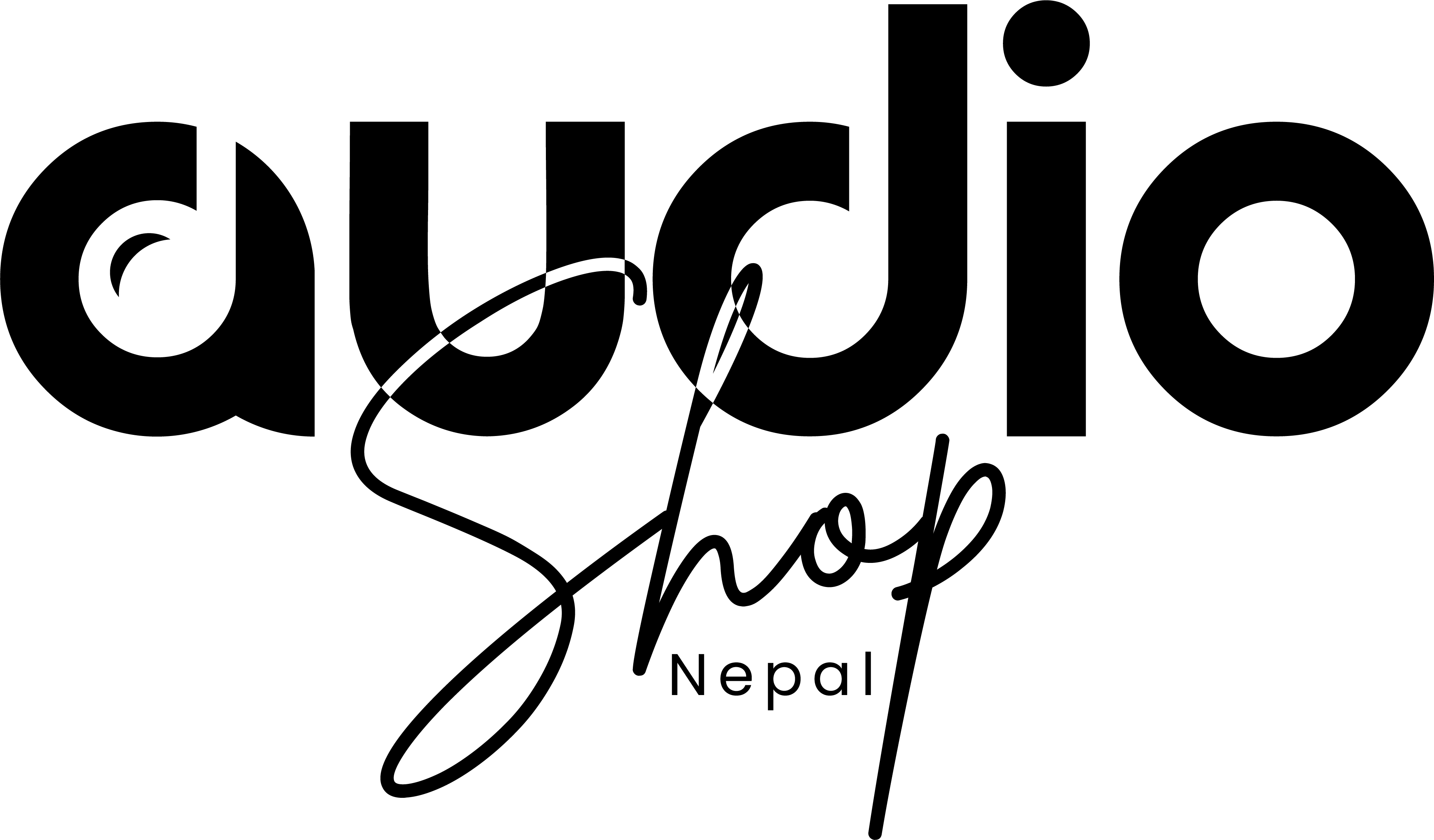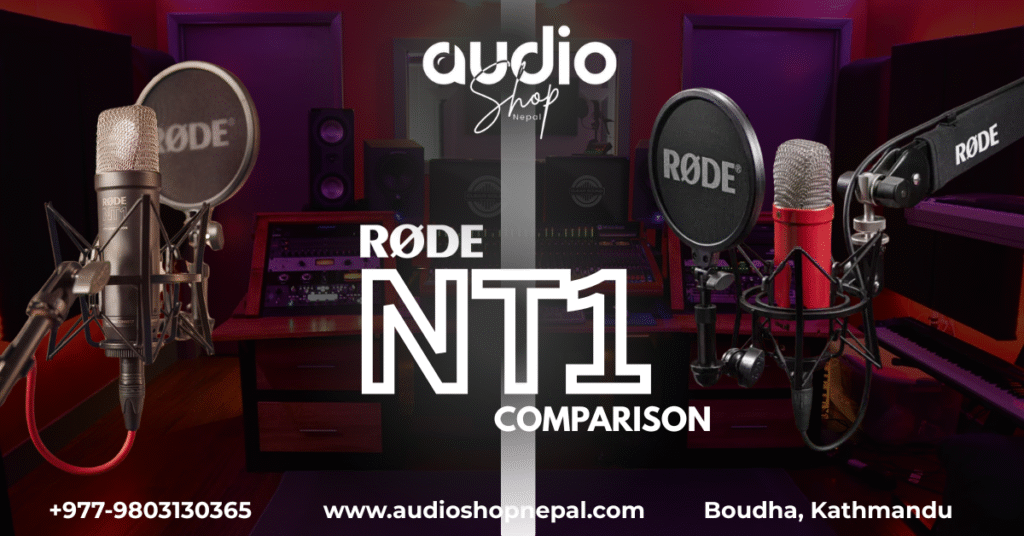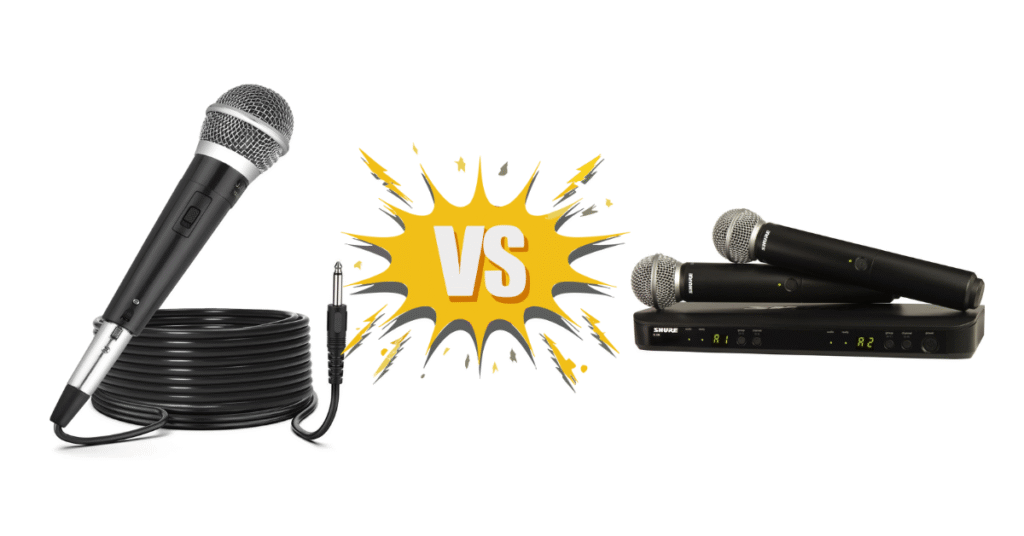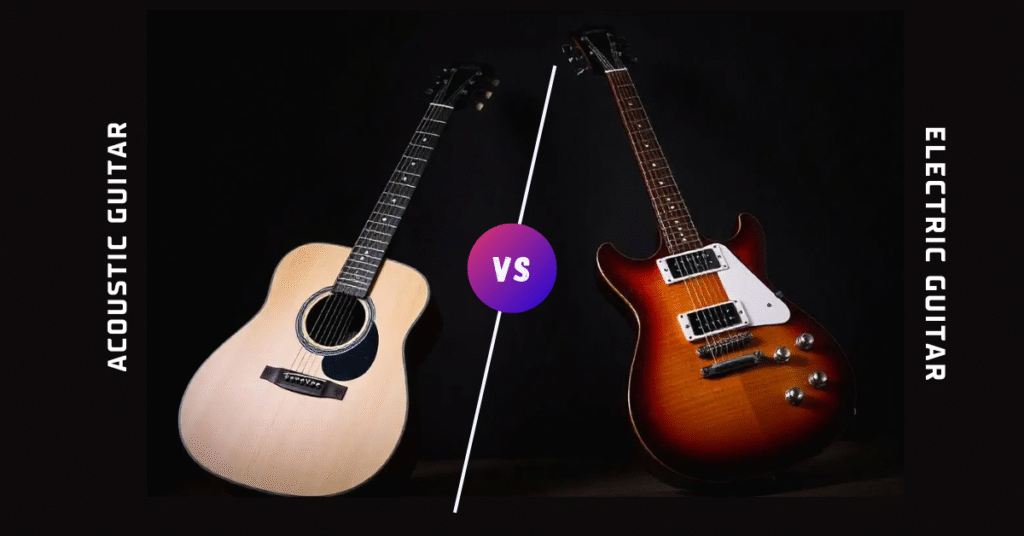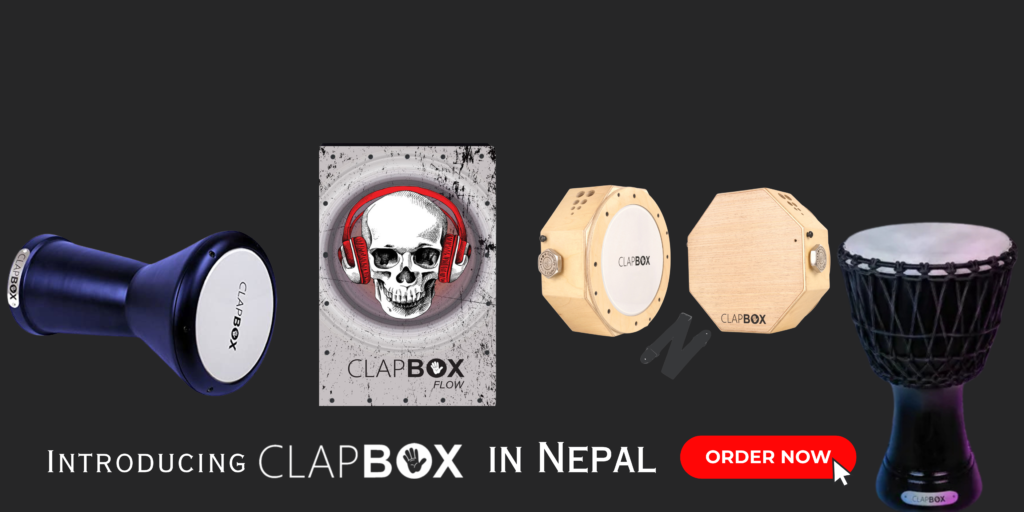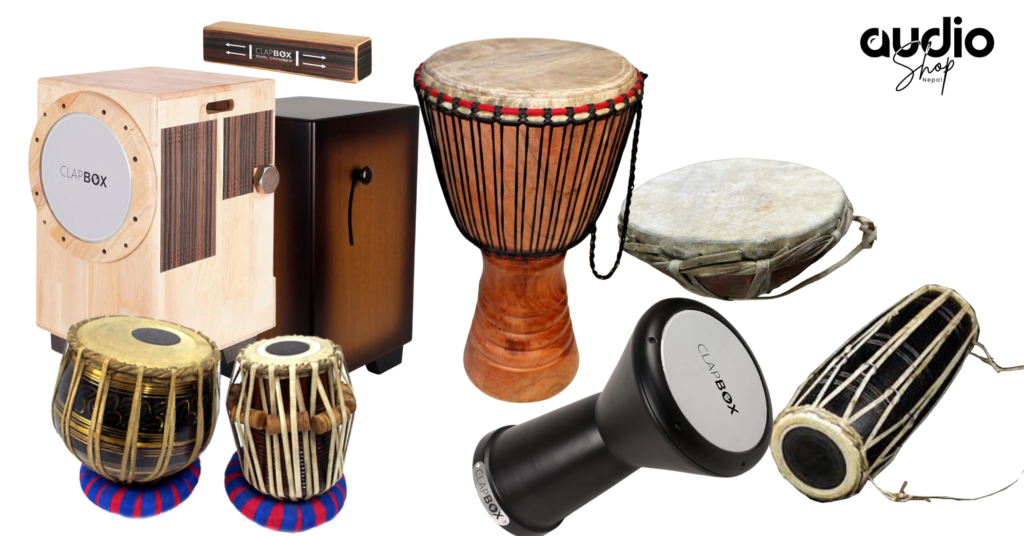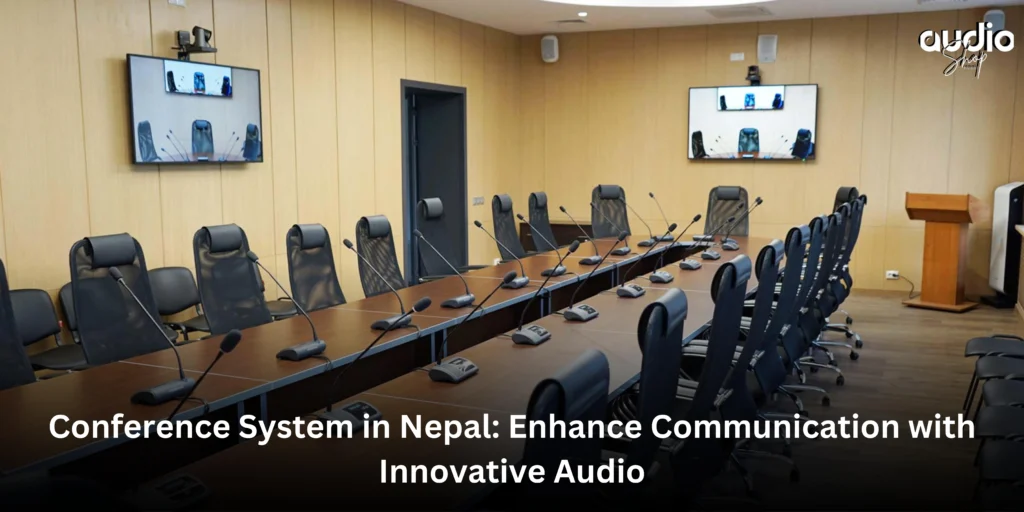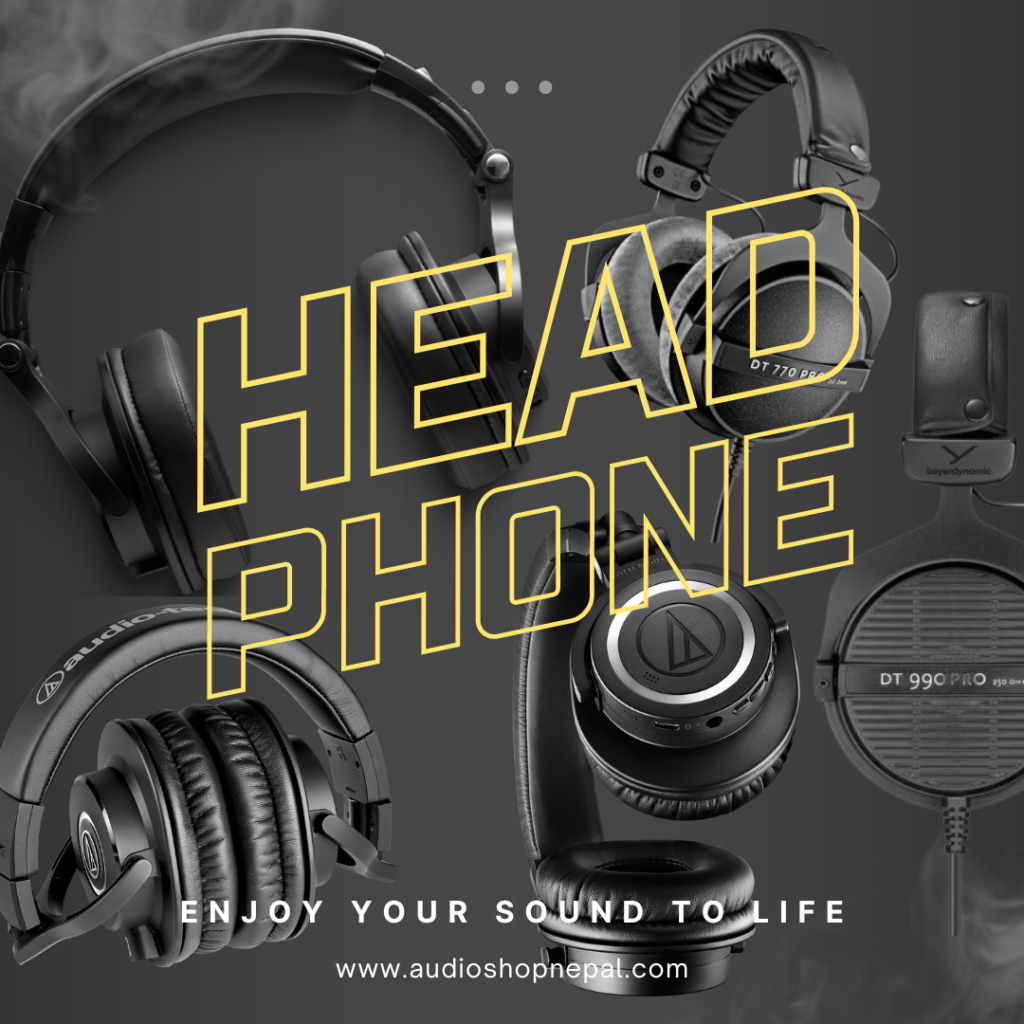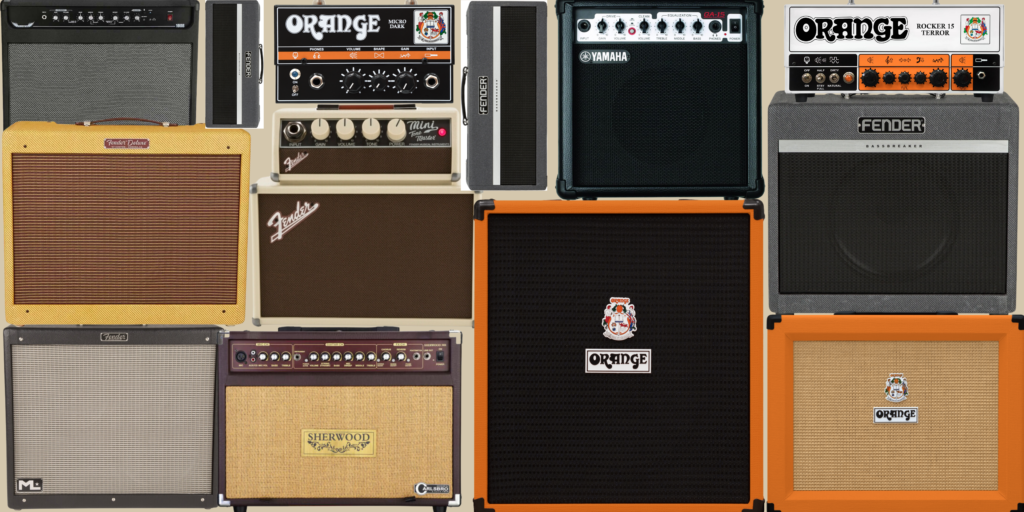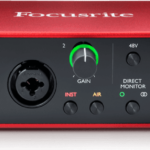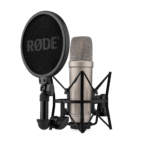Audio Mixer in Nepal: How to Choose Between Digital and Analog Like a Pro
An audio mixer (also known as a mixing console or soundboard) is the heart of any live performance, studio, podcast, or broadcasting setup. It combines multiple sound inputs—like microphones, instruments, and audio tracks—into a single output, letting you control volume, effects, EQ, and more. If you’re shopping for an audio mixer in Nepal, it’s crucial to understand the key types available, their specific use cases, and which models offer the best value for your needs.
Types of Audio Mixers: Which One Should You Choose?
- Analog Mixers
- Analog mixers offer hands-on control with physical knobs and sliders. They’re great for users who prefer simplicity and tactile feel.
- Pros:
- Easy to use and reliable
- Low latency and no software dependency
- Ideal for beginners and smaller setups
- Cons:
- No preset recall
- Limited built-in effects
- Less versatile for advanced production
- Use Case: Ideal for small bands, churches, schools, and podcasters who prefer manual control.
- Pros:
- Analog mixers offer hands-on control with physical knobs and sliders. They’re great for users who prefer simplicity and tactile feel.
- Digital Mixers
- Digital mixers process audio signals using digital signal processing (DSP). They offer advanced features and greater flexibility.
- Pros:
- Ability to save and recall settings
- Built-in effects and processing
- Compact design with more functionality
- Cons:
- Steeper learning curve
- Typically more expensive
- Pros:
- Popular Compact Digital Mixers in Nepal:
- Behringer X32 Compact Digital Mixer
- 40-input channels, built-in effects, motorized faders, touchscreen UI
- Perfect for professional live shows, churches, and mid-sized venues
- Midas M32R Live
- Touring-grade quality with 32 channels, AES50 networking, and premium Midas preamps
- Ideal for mobile setups, live streaming, and recording
- Digital Stageboxes: For advanced routing and remote input expansion:
- Midas DL32 – 32-in/16-out digital stagebox with Midas preamps
- Behringer S32 – 32-input AES50 stagebox for integration with X32 and M32 systems
- Behringer X32 Compact Digital Mixer
- Digital mixers process audio signals using digital signal processing (DSP). They offer advanced features and greater flexibility.
- Powered Mixers
- Powered mixers combine a mixing console and amplifier into one unit.
- Pros:
- All-in-one solution
- Fewer external components
- Great for portability
- Cons:
- Less modular/upgradable
- Heavier and bulkier
- Limited power for large venues
- Use Case: Mobile DJs, event planners, and smaller outdoor functions.
Understanding Input Channels in Mixers: Analog vs Digital
When choosing a mixer, understanding input channels—how many and what kind—is essential. The input channels determine how many sources (microphones, instruments, media players) you can connect and control.
- Analog Input Channels
- Analog inputs are physical connections like XLR, TRS (1/4″), or RCA. These are common in both analog and powered mixers. 🔹 Features: Direct physical connections Simple plug-and-play functionality Found on most basic and mid-tier mixers
- Pros:
- Easy to set up and troubleshoot
- Compatible with most gear (mics, guitars, keyboards)
- No conversion latency
- Cons:
- Cables can clutter large setups
- Limited flexibility for routing and recording
- Can’t be remotely managed
- Use Case: Great for small bands, podcasts, DJ setups, and live gigs where simplicity is key.
- Digital Input Channels
- Digital inputs are transmitted over network protocols like USB, AES50, Dante, or ADAT. These are used in digital mixers and connect to devices like stageboxes, computers, or digital instruments.
- Features: Sends multiple channels over a single cable Supports remote control and recall Expandable via stageboxes (like Midas DL32 or Behringer S32)
- Pros:
- Clean, low-cable setups
- Advanced routing and effects processing
- Ideal for large-scale and professional audio setups
- Cons:
- Requires digital literacy and setup knowledge
- Can be expensive
- Troubleshooting requires some networking understanding
- Use Case: Ideal for live sound engineers, theaters, houses of worship, and recording studios needing complex routing and scene recalls.
Analog vs Digital vs Powered Mixers: At a Glance
| Type | Input Type | Best For | Strengths | Limitations |
|---|---|---|---|---|
| Analog | Analog only | Small gigs, entry-level users | Simple, tactile, cost-effective | No recall, fewer effects |
| Digital | Analog & Digital | Pro audio, live events, touring | Recallable, expandable, built-in DSP | Costly, learning curve |
| Powered | Analog | Portable PA systems, DJs, schools | Mixer + amp in one, quick setup | Heavy, limited channel flexibility |
More channels = More flexibility.
Choose a mixer with enough mono and stereo channels for your microphones, instruments, playback devices, and external effects.
Key Features to Consider Before Buying“
- Expandability: Check for stagebox compatibility if you’re considering a digital mixer.
- Number of Channels: Choose based on your total input sources (mics, instruments, media).
- Built-in Effects: Look for reverb, delay, and EQ if you want internal signal processing.
- EQ and Compression: 3-band or 4-band EQ, and onboard compressors improve clarity.
- Aux Sends & Monitor Mixes: Essential for stage monitoring or external effects routing.
- Connectivity: USB, Bluetooth, or Dante support is a must for modern workflows.
If you’re starting small but planning to expand, choose a digital mixer with analog inputs and digital expansion (via stageboxes). If you need quick and easy setup, an analog or powered mixer with essential analog inputs might be all you need.
For professional setups in Nepal, Audio Shop Nepal offers both entry-level and advnced solutions with expert guidance on input flexibility.

